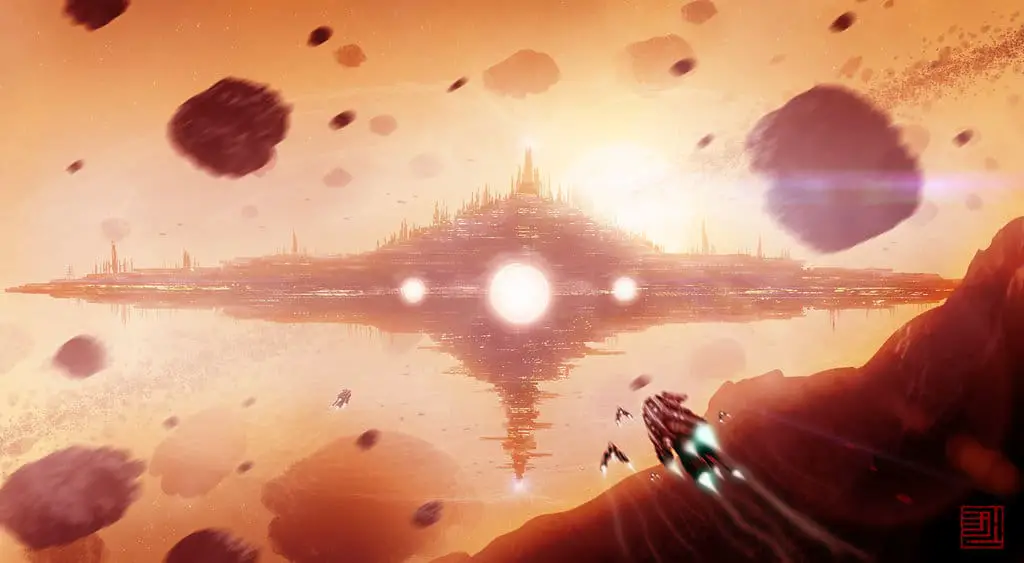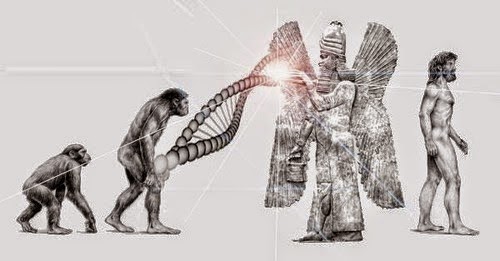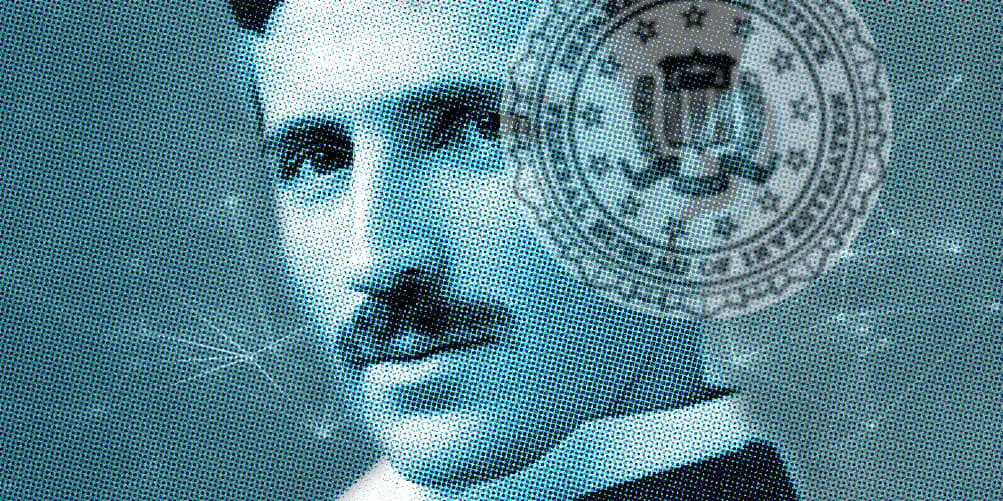The disappearance of the Ancient Puebloans, also known as the Anasazi, from Chaco Canyon in the 12th century is an enduring mystery that is still debated to this day, but a Colorado University paleoclimatologist believes he has solved part of the puzzle.
Located in New Mexico within the Four Corners region, Chaco Culture National Historic Park is one of the most stunning pre-Columbian sites in North America.
View this post on Instagram
Great ruins mark the landscape, including the tallest buildings in North America until the 19th century when skyscrapers were born.
At its height, the Chaco Canyon settlement had a population of more than 2,000 people and seemed to prosper. But the Anasazi soon abandoned the civilization they worked so hard to build, leaving researchers with many questions, including why they left the area.
View this post on Instagram
It turns out that question has multiple answers, but the prevailing answer is climate change, which resulted in not enough food to sustain the population.
When the settlement was first built, the climate was suitable for farming and trade routes extending up to 100 miles were established. Unfortunately, as we are experiencing today, the climate can have a drastic effect on civilization.
A series of droughts struck the Chaco Canyon region over the course of 300 years beginning in 1130, around the same time the Ancient Puebloan civilization began to decline.
Retired geochemist and paleoclimatologist Larry Benson, who is also the curator of the Colorado University Museum of Natural History, sought to find out if land in such conditions could sustain enough agriculture to feed the population.
“You have this place in the middle of the San Juan Basin, which is not very habitable,” Benson said.
Together with Ohio State University archaeologist Deanna Grimstead, Benson studied data on rainfall in the region along with flash flooding and discovered that even if the Anasazi tried to grow enough maize to feed everyone, their efforts would fail miserably.
“You can’t do any dryland farming there,” Benson said. “There’s just not enough rain.”
Indeed, and even when enough rain fell, flash flooding would wipe out the crop.
“If you’re lucky enough to have a spring flow that wets the ground ahead of planting, about three-quarters of the time, you’d get a summer flow that destroys your crops,” Benson said.
The Anasazi even failed to plant enough acreage to feed the entire population.
According to CU Boulder Today:
The team calculated that Chacoans could have, at most, farmed just 100 acres of the Chaco Canyon floor. Even if they farmed all of the surrounding side valleys—a monumental feat—they would still have only produced enough corn to feed just over 1,000 people.
The researchers also went one step further, assessing whether past Chaco residents could have supplemented this nutritional shortfall with wild game like deer and rabbits. They calculated that supplying the 185,000 pounds of protein needed by 2,300 people would have quickly cleared all small mammals from the area.
In short, there would have been a lot of hungry mouths in Chaco Canyon.
Benson and his team have reached two possible conclusions about the settlement. The Anasazi people either imported most of their food until supply chains collapsed or the settlement merely served a temporary purpose such as for religious pilgrimages or a shelter during times of conflict.
During those times, people may have simply brought their own supplies to survive until they left.
“Whether people are bringing in maize to feed 2,300 residents, or if several thousand visitors are bringing in their own maize to eat, they’re not obtaining it from Chaco Canyon,” Benson said.
And it’s certainly possible that supply lines collapsed because the Great Drought also resulted in the decline of other great Native American civilizations, such as the Mississippian culture.
And so, the Anasazi abandoned the site and the population scattered in different directions, which is why Puebloan people today object to conclusions that the Anasazi disappeared off the face of the planet.
They say that their ancestors assimilated into other tribes in more habitable areas and passed down stories and traditions from the Chaco Canyon settlement and elsewhere over the generations.
University of Denver professor Dean Saitta agrees.
“The Anasazi were terribly diverse in their ethnic affiliations,” he told the Fort Morgan Times back in 2010.
Saitta says that rather than just mysteriously vanishing, the Anasazi became members of other tribes such as the Hopi, Zuni, and Rio Grande Pueblo. That claim is backed up by the oral histories of the tribes.
Furthermore, Saitta theorizes that emerging religious differences may have contributed to the break up of communities.
“People voted with their feet,” he said.
Regardless of why they left their homes, the Anasazi people certainly left their mark in the American Southwest. Their structures have stood the test of time and continue to awe visitors, many of whom never realized that such strong cultures existed in North America before Europeans established colonies.
The ruins also serve as a warning that no civilization lasts forever, and if we do not take climate change seriously, we could watch our own food supply collapse and be forced to leave our own communities behind just as the Anasazi did hundreds of years ago.
See more about Chaco Canyon and the mysteries of the Anasazi below
Featured Image: Wikimedia




